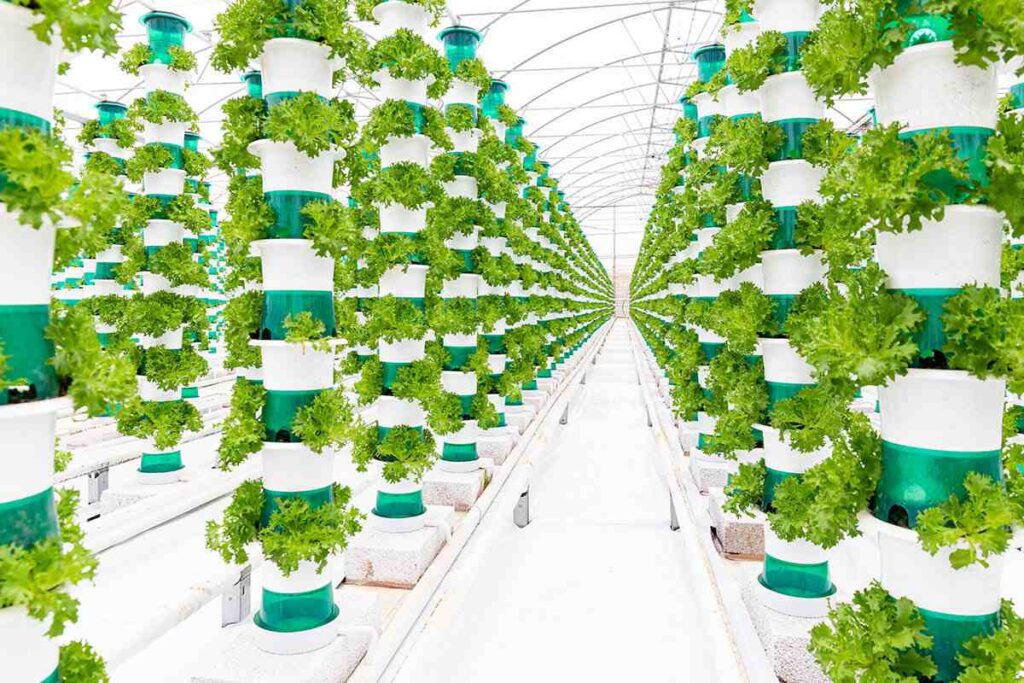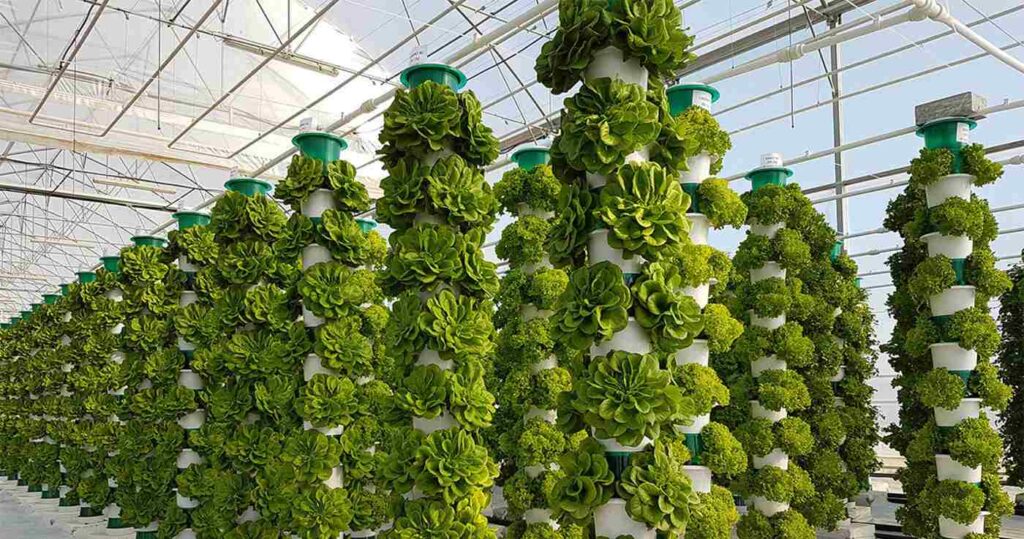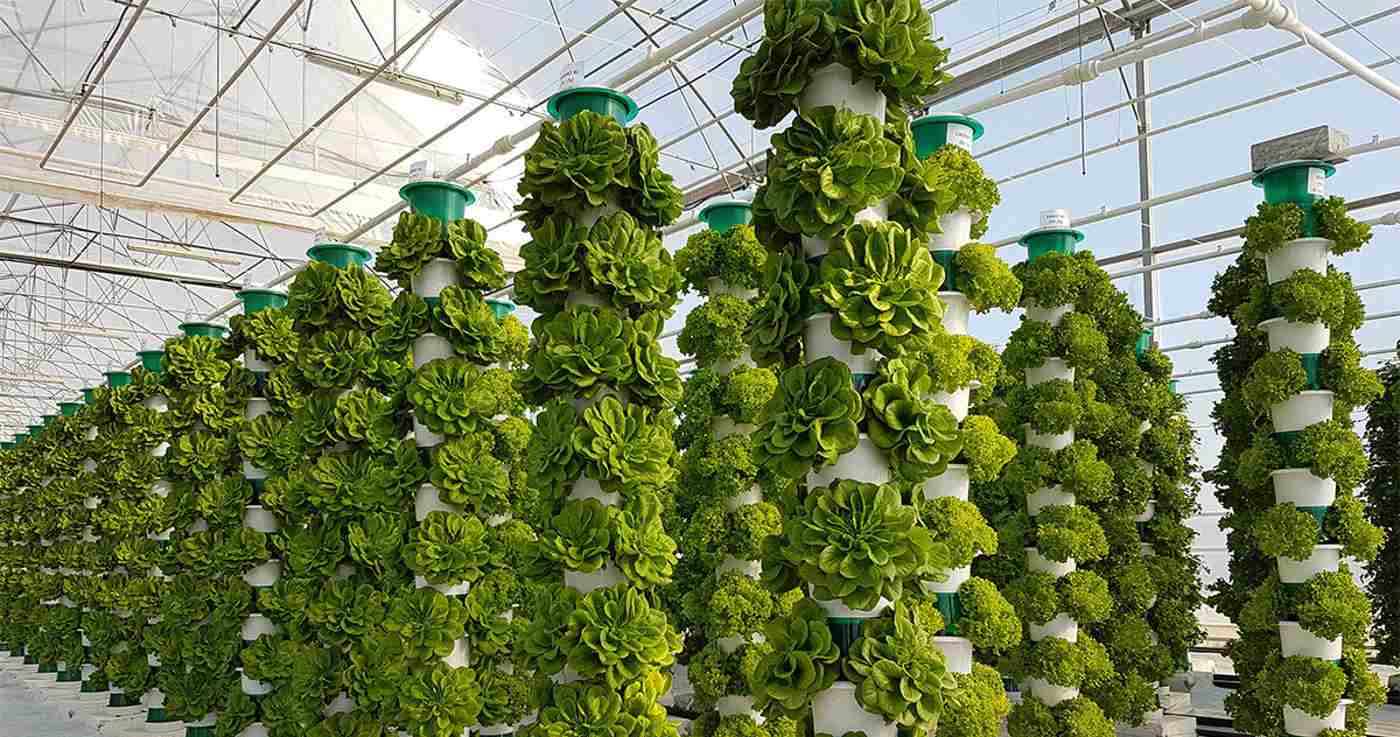
While hydroponic farms, also known as “vertical farms,” swap land use for electricity use— one project is trying to take the best of both worlds.
Using only natural light for photosynthesis and heat, Shockingly Fresh’s greenhouse in Offenham, England, can produce four-times the yield compared with regular farming, while using much less energy than other vertical farms.
This is because other vertical farms are closed systems—relying on artificial LED light and indoor heating to keep crops cozy.
“It is ultimately better for the environment. I can’t say it’s carbon-neutral but it isn’t as carbon-hungry as an LED vertical farm would be,” the aptly-named Nick Green, development director of Shockingly Fresh, told The Guardian.
While other producers might say that Shockingly Fresh’s use of natural light means they can’t keep up the 24-7 production typical of farms that can leave the lights on all night, the company stresses that they match the consumption patterns of humans and use far less energy in the process.
RELATED: The Yellow Center of the Deadliest Flower is a Lifeline to Farmers – and the Planet
“Production isn’t completely linear as it would be in a fully-lit vertical farm, but people don’t eat as much lettuce in winter as they do in summer,” he explained.

Offenham was completed in 2021, and is already producing lettuce and bok choy for sale at supermarkets, with strawberries planned for winter when the days become shorter. Even though Green reckons they can produce 2 million heads of lettuce per year, the location is just one-tenth of the size of future projects.
Offenham covers 3 acres. The Longford Vertical Farm, currently in the planning phase, will cover 32. Situated in between Glasgow and Edinburgh, with good access to major roads, Longford will include rainwater catching systems to aid with cutting energy costs, and native landscaping around the former mining area.
MORE: Irrigation System Talks to Plants to Find Out When they Need Water — Cutting Water Use by 30-50%
Hydroponics are allowing cities to have access to fresh produce much nearer to their high-rises, for example when a 51-story “farmscraper” is cloaked in hydroponic farms that grow food for those who live within, in Shenzhen, China.
They’re also appearing on rooftops, like in Montreal, which will provide 2% of all food consumed in the Canadian metropolis.
GROW That Good News by Sharing This Story…




















